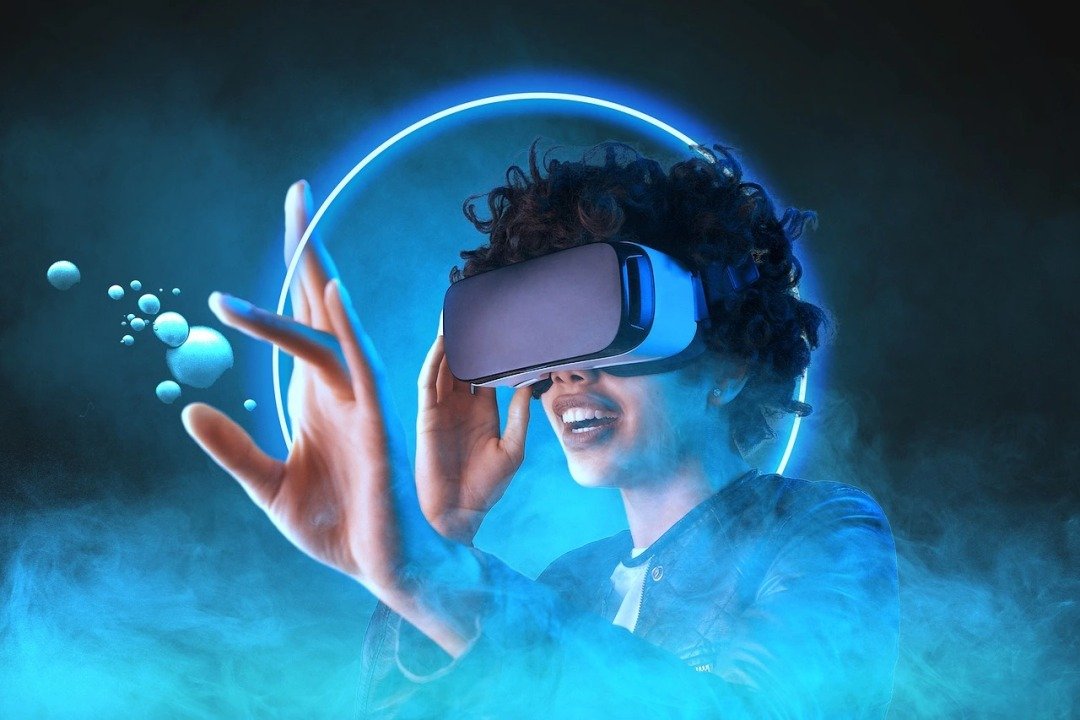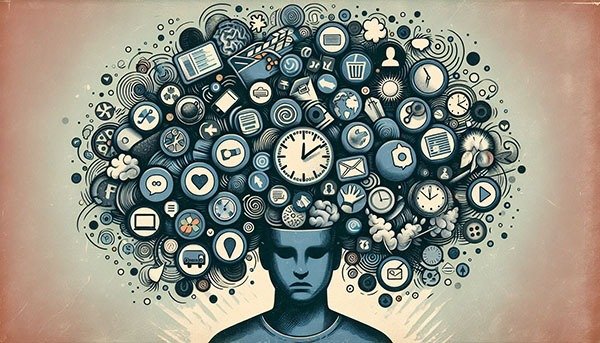Frehf: Guide to the Future of Digital Interaction and Lifestyle
In a world where technology and culture are increasingly intertwined, certain trends emerge that redefine the way we live, work, and express ourselves. Frehf is one such phenomenon—a unique blend of technological innovation, lifestyle expression, and cultural evolution. This concept goes beyond conventional boundaries, offering a platform where human creativity meets advanced tech, and individuality is celebrated at every turn.
From its origins as an experimental technology framework to its adoption in fashion, digital media, and daily life, Frehf has evolved into a multifaceted movement that affects how people interact, create, and connect. Whether you are a tech enthusiast, a fashion-forward individual, or simply curious about the next big trend, understanding Frehf is essential in 2025.
The Meaning and Origins of Frehf
Frehf stands for Future-Ready Enhanced Human Framework—a system designed to enhance human interaction with digital environments. The concept originated around 2020, developed by interdisciplinary teams at the intersection of UX design, AI, cognitive science, and neurotechnology.
Initially, Frehf was implemented in experimental settings such as adaptive learning platforms and healthcare simulators. Researchers sought to challenge traditional UX models, which were static and often failed to account for emotional or cognitive variability in users. By integrating real-time biometric feedback, machine learning, and adaptive interaction layers, Frehf emerged as a system capable of enhancing human performance, creativity, and mental well-being.
The guiding principle of Frehf is human-centered design. It is not just about automation or convenience but about creating a symbiotic relationship where technology adjusts to human needs rather than the other way around.
Frehf as a Technological Revolution
Frehf is fundamentally different from traditional AI systems. While conventional AI focuses on task automation, Frehf prioritizes cognitive and emotional collaboration. Here’s what sets it apart:
| Feature | Traditional AI | FREHF |
|---|---|---|
| Personalization | Profile-based | Real-time emotional/cognitive |
| Emotional Awareness | Minimal | Core Component |
| Interaction Style | Reactive | Adaptive & Predictive |
| Purpose | Task Automation | Human Enhancement |
| Ethics & Consent | Optional | Built-in & Transparent |
5 Core Components of Frehf
- Perceptual Modeling
Frehf observes and interprets non-verbal cues such as tone, facial expressions, typing rhythm, and micro-gestures. By understanding these signals, it can anticipate user needs and adapt interactions accordingly. - Adaptive Interfaces
The UI dynamically adjusts based on cognitive load and emotional state. A user feeling overwhelmed sees simplified options, while a focused user gains access to advanced features. - Cognitive Symbiosis
Frehf acts as an extension of human thought, helping anticipate decisions, highlight patterns, and assist in complex problem-solving without disrupting workflow. - Emotional Intelligence Engines
Using speech, typing, and visual cues, Frehf detects moods like excitement, frustration, or boredom, enabling responsive interactions tailored to the user’s state. - Feedback Enrichment
Continuous monitoring of eye movement, reaction time, and body language creates a personalized experience that improves over time.
FREHF System Architecture
- Sensory Input: EEG, voice sensors, motion tracking
- Perception Analyzer: NLP, sentiment analysis, computer vision
- Interface Layer: Machine learning-driven UI
- Knowledge Core: Neural networks and contextual databases
- Output Engine: AR overlays, haptics, and notifications
Ethical and Human-Centered Design in Frehf
Frehf emphasizes privacy, consent, and ethics. Unlike other systems, it requires opt-in permissions, ensures robust data encryption, and avoids manipulative interactions. By prioritizing mental well-being and inclusivity, Frehf ensures users retain control over their experience.
Comparisons: FREHF vs Traditional Frameworks
| Feature | Traditional UX | AI | FREHF |
|---|---|---|---|
| Adaptability | Low | Medium | High |
| Emotional Intelligence | None | Minimal | Core |
| Real-Time Interaction | Limited | Moderate | Seamless |
| Human-Centered | Partial | No | Yes |
| Ethics Built-In | Optional | Rare | Essential |
Challenges include potential invasiveness, misinterpretation of cultural cues, and overengineering. Solutions involve human override functions, pilot testing, and strict governance.
Frehf in Lifestyle and Fashion
Frehf is not just a technology framework—it’s a lifestyle movement. Originating in underground art and fashion communities, it promotes authentic self-expression and individuality.
Rise in Pop Culture
Social media platforms like Instagram and TikTok played a pivotal role in spreading Frehf. Hashtags such as #FrehfStyle enabled users to showcase bold, vibrant, and unconventional fashion choices. Celebrities and influencers adopted the trend, creating a ripple effect that made Frehf mainstream.
Key Influencers and Brands
- Influencers: Emily Chen, Tyler James
- Fashion Labels: Zesty Threads, various streetwear brands
- Collaborations: Limited edition Frehf-inspired collections
Frehf encourages experimentation, blending contrasting styles, and celebrating diversity. Social media communities continue to grow, making Frehf a hub for creativity and self-expression.
Why Frehf is Here to Stay
Frehf transcends fashion and technology, creating a holistic cultural phenomenon.
- Cultural Relevance: Embraces individuality and inclusivity
- Technological Relevance: Enhances human interaction with digital systems
- Sustainability: Promotes eco-conscious, ethically-produced fashion options
- Future Predictions: Integration with AR/VR, immersive virtual showcases, and global collaborative projects
The Intersection of Technology and Lifestyle
Frehf demonstrates how digital innovation and personal expression can coexist. From virtual fashion shows to AI-assisted creative platforms, the blend of tech and lifestyle allows users to curate experiences tailored to their preferences.
This integration fosters community engagement, encourages cross-cultural collaborations, and pushes boundaries in both creative and technological domains.
Future Implications
For Individuals:
- Improved mental well-being
- Personalized learning and work experiences
- Enhanced creativity and productivity
For Brands:
- Innovative marketing strategies
- Real-time consumer insights
- Authentic engagement with audiences
For Society:
- Promotes inclusivity and diversity
- Encourages emotional intelligence in technology
- Facilitates global collaboration
Conclusion
Frehf represents a new era where technology and human expression converge. It is more than a trend—it’s a movement that empowers individuals, enhances human-computer interaction, and celebrates authentic self-expression.
Whether through adaptive AI systems, fashion trends, or cultural influence, Frehf reshapes how we interact with technology and society. Embracing Frehf means embracing creativity, individuality, and a future where digital systems support, rather than replace, human potential.
FAQs About Frehf
What does Frehf stand for?
FREHF = Future-Ready Enhanced Human Framework. It adapts to human emotions, thoughts, and behavior in real-time.
How is Frehf different from traditional AI?
Frehf collaborates with humans, adapts to emotions, and enhances cognitive abilities, rather than just automating tasks.
Where is Frehf used?
Healthcare, education, remote work, gaming, and military systems.
Is Frehf technology safe for privacy?
Yes. With proper implementation, it uses encryption and user consent to protect sensitive data.
Why is Frehf important now?
Digital interaction is increasing. Frehf reduces stress, improves focus, and enhances human-tech synergy in 2025 and beyond.






